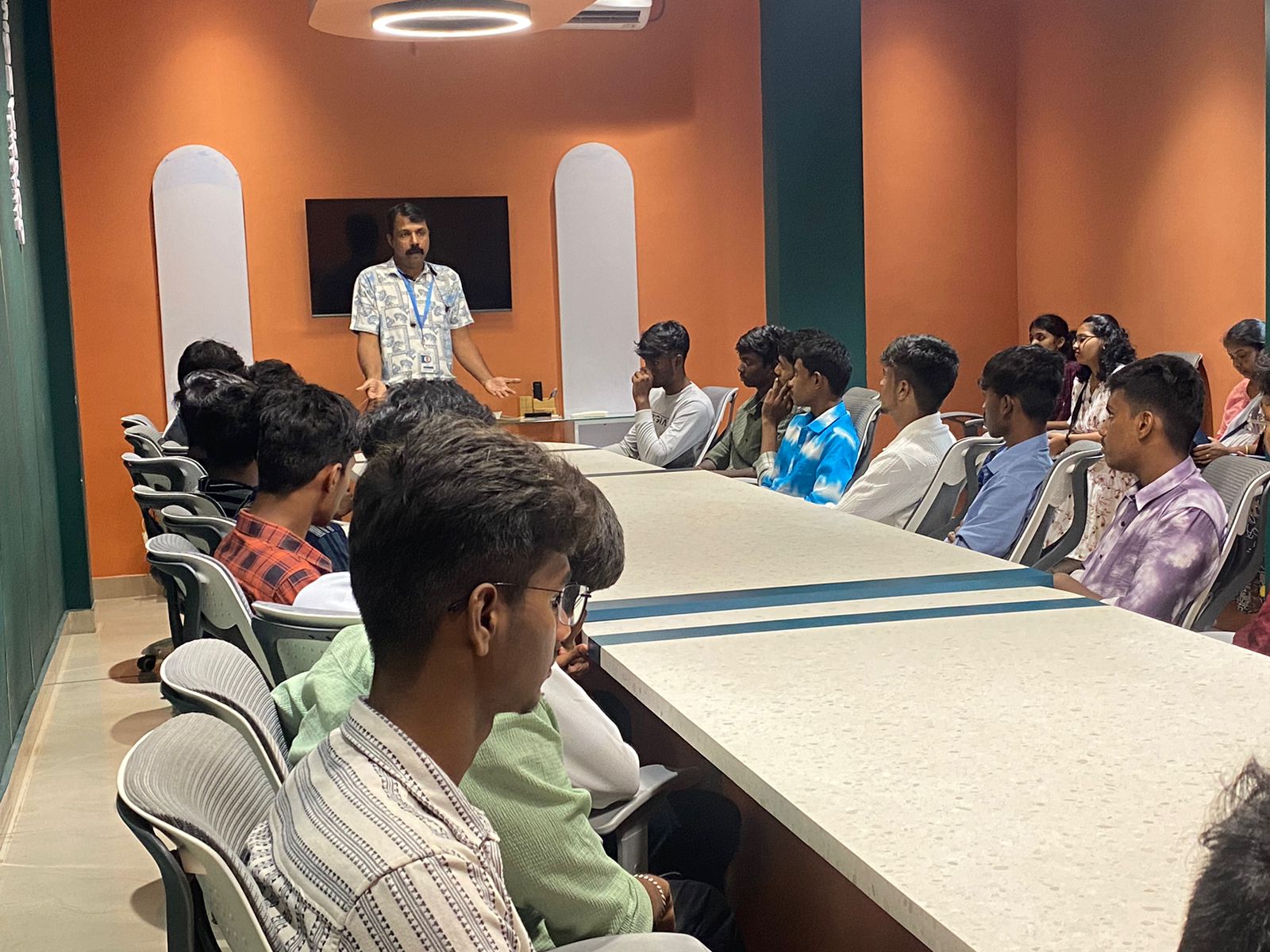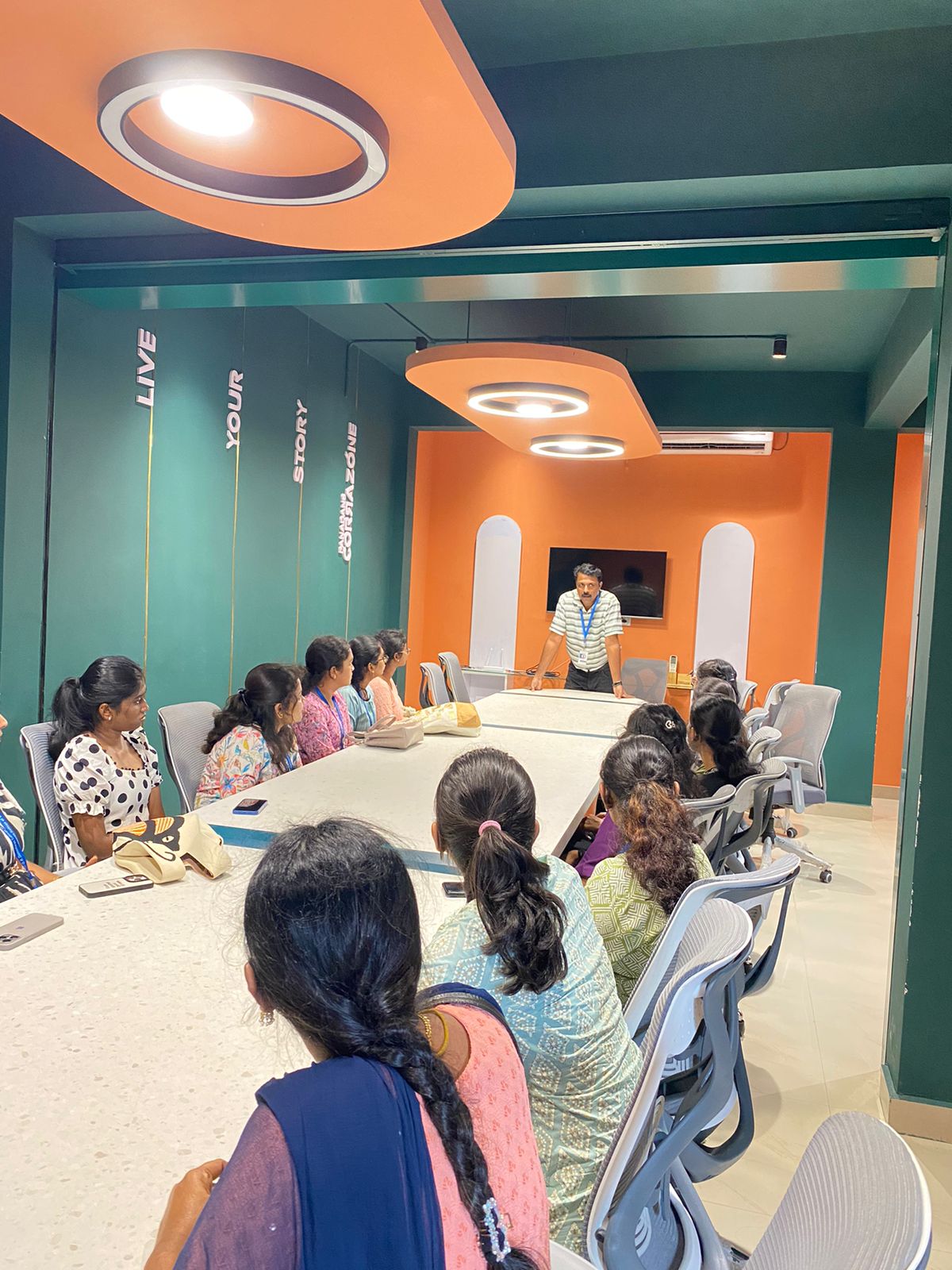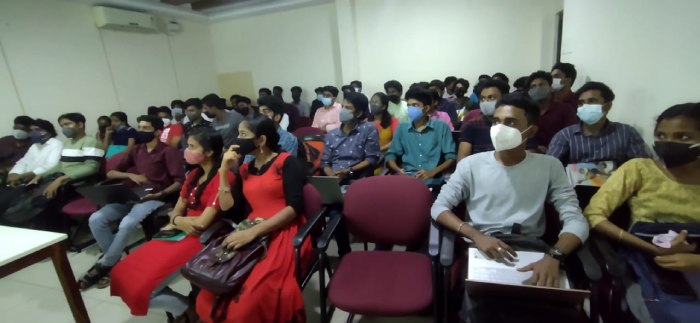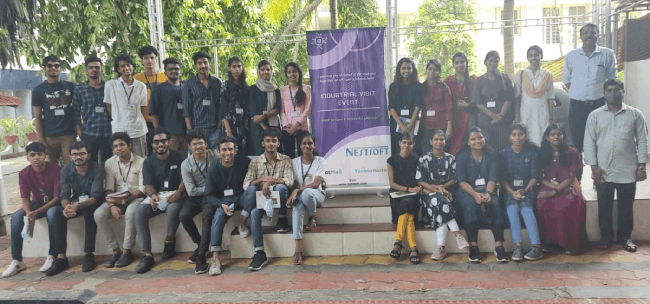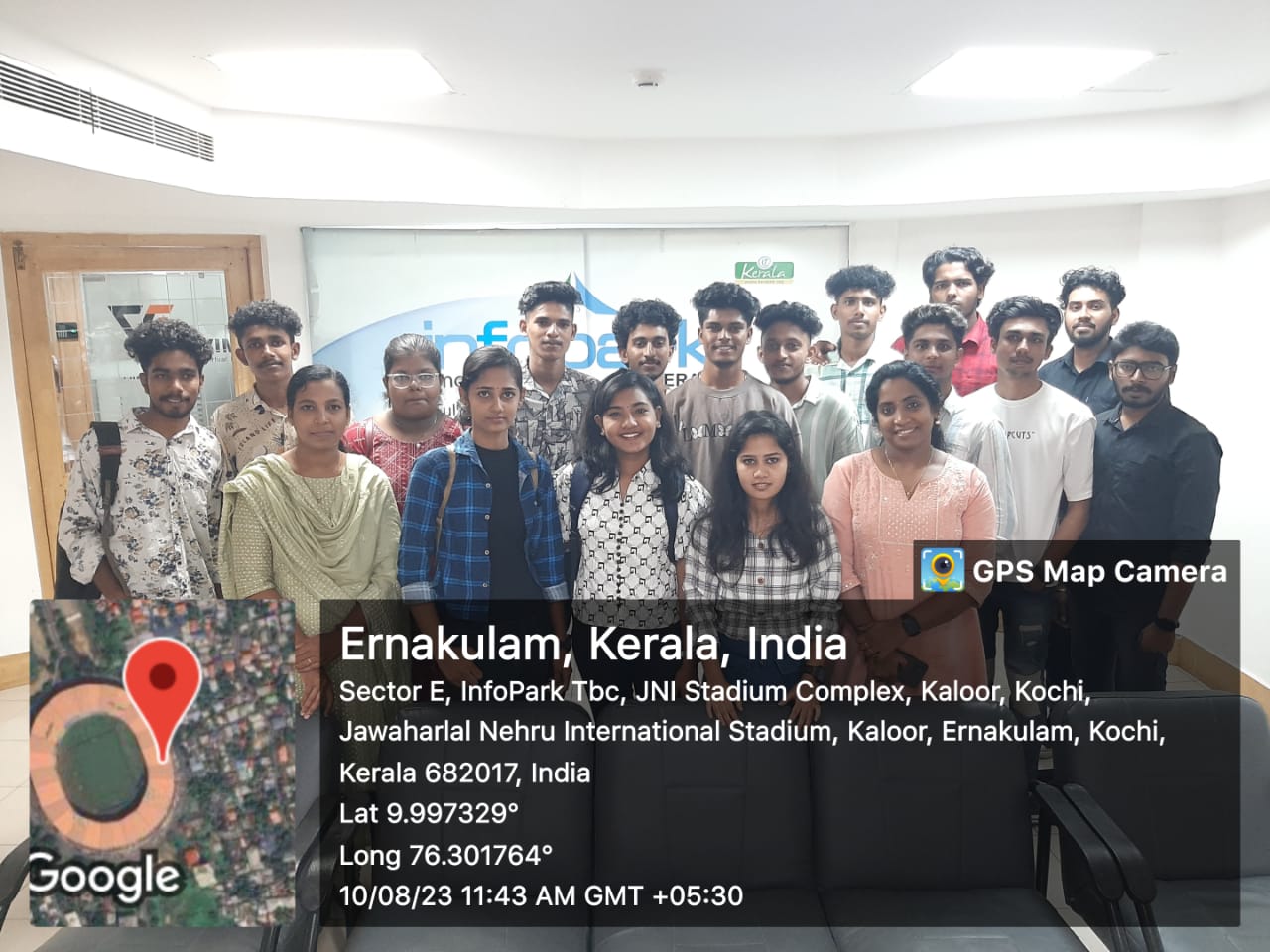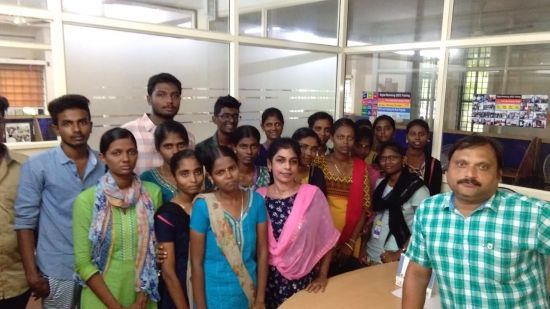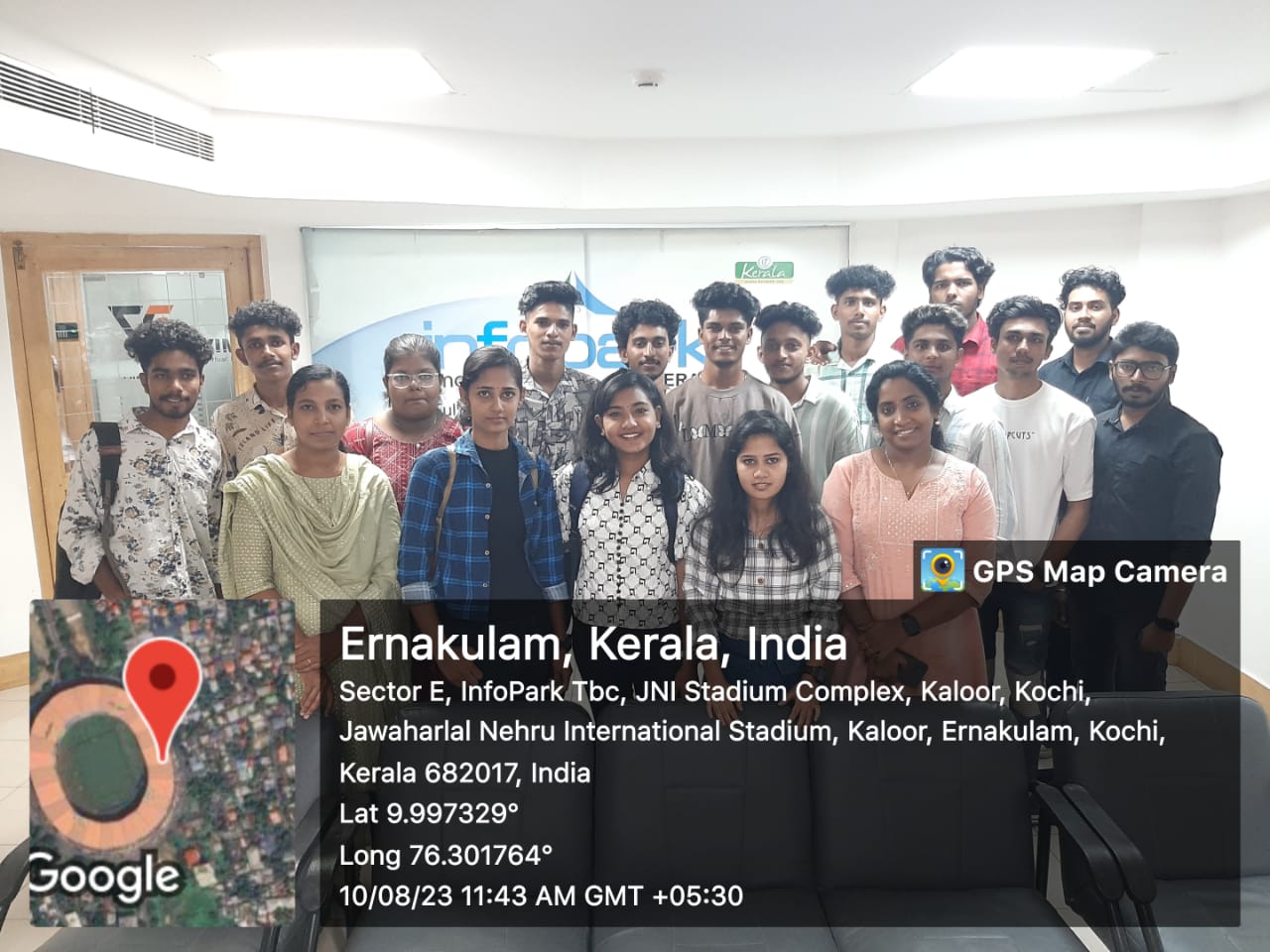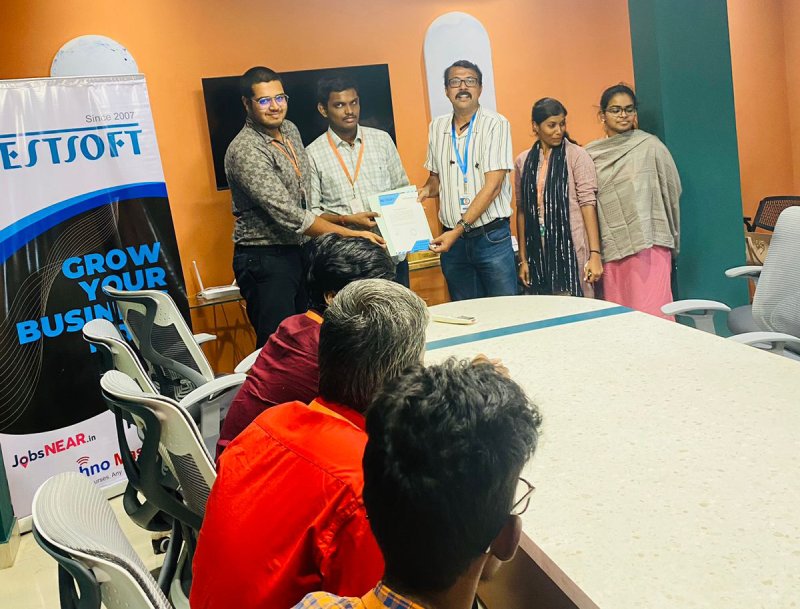Email Marketing Training by Experts
Our Training Process

Email Marketing - Syllabus, Fees & Duration
Email marketing overview
- Introduction to Advanced Email Marketing
- Fundamentals of Email Marketing
- Email Best Practices and Myths
- Bulk Email concept
- Things you can do with Emails
Elements of marketing emails
- Advantages of the different text formats (HTML or Plain Text)
- Permissions & E-permissions
- Frequency & Ethics of Newsletters
- Defining your Goals
- Email Marketing Strategies
Email Marketing Tools and Software
- Email Software and Tools
- Email Software Analysis
- Selecting Email Software
- Importing Email Lists
- Practical on 3 Software for Lists
- Custom Fields
- Double Opt IN
- Lead or Contact Fields
- Content First
- Sending Email Campaign
- Sending HTML Email Campaign
- Sending Mobile Responsive Email
- Email Open Rate
- Email Click Through Rate
- Email A/B Testing
- Variant Case Study
- Segmentation Strategy
- List Segmentation and Campaign
Email Marketing Templates
What You’ll Learn: Detailed Syllabus
Module 1: Introduction to Email Marketing (30 Minutes)
- The importance of email marketing in the digital landscape
- Overview of tools and platforms: Mailchimp, HubSpot, and others
- Understanding the customer lifecycle in email marketing
Module 2: Setting Up Mailchimp for Campaigns (1 Hour)
- Creating and configuring a Mailchimp account
- Building and managing email lists effectively
- Understanding segmentation and audience targeting
- Integrating Mailchimp with websites and e-commerce platforms
Module 3: Crafting Effective Email Campaigns (1 Hour)
- Designing visually appealing emails using Mailchimp templates
- Writing compelling subject lines and copy
- Adding images, links, and call-to-action buttons
- Personalizing emails for higher engagement
Module 4: Email Automation with Mailchimp (1 Hour)
- Setting up automated workflows: Welcome emails, drip campaigns
- Using triggers for behavior-based email sequences
- Retargeting strategies with automated email campaigns
- Best practices for effective email automation
Module 5: Measuring Success and Optimizing Campaigns (1 Hour)
- Key performance metrics: Open rates, click-through rates, and conversions
- Using Mailchimp analytics to track campaign performance
- Conducting A/B testing for subject lines and content
- Strategies for improving deliverability and reducing spam complaints
Hands-On Training and Real-Time Projects
- Design and launch a live email campaign using Mailchimp.
- Analyze campaign performance and make data-driven decisions.
- Work on a practical project to create a portfolio-ready email strategy.
Why Choose This Course?
- Learn from Experts : Instructors with real-world experience in email marketing.
- Comprehensive Curriculum: Covers both foundational concepts and advanced techniques.
- Practical Application: Hands-on projects and real-time problem-solving.
- Internship Opportunities : Gain industry experience to boost your career prospects.
- Placement Assistance: Dedicated support to help you find email marketing roles.
Attend a Free Trial Class
Not sure if this course is for you? Join our free trial class to explore our teaching methodology and course content.
Enroll Today to Master Email Marketing!
Take control of your marketing strategy and drive business success with this focused training.
Transform your skills. Optimize your campaigns. Join our Email Marketing Course today!
This syllabus is not final and can be customized as per needs/updates




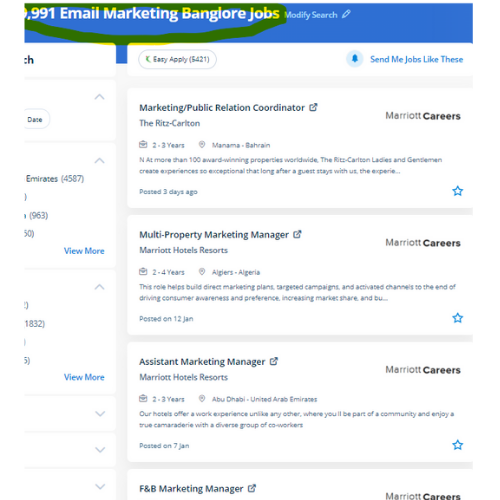
 We tend to teach you to develop an email marketing strategy as well as segmentation, objectives, timing, and content. One of the most popular uses of email promoting is to form excitement for future promotions. Also design participating emails, including subject lines, personalization, trigger words, calls to action, and more. With such plenty of competition in the market these days, you must desire a tremendous marketing strategy for making your business profitable and one of those methods is Email marketing. The results of the email marketing campaign you'll see among minutes of the first email being sent. One of the other advantages of Email promoting is that you simply will produce totally different email list where you can categorize customers based on the location, gender, preferences, and alternative criteria and send targeted content to those supported on their preferences. Email marketing has the very best return on investment of all ancient and digital marketing channels. While not relying on advertising or SEO you will reach current customers on your email list. Whether or not you're new to email marketing and want a course that has a foundation or must work on specific areas of your skillset, we will help. Learn the key choices of email sequences and the way to align them to your email campaigns.
We tend to teach you to develop an email marketing strategy as well as segmentation, objectives, timing, and content. One of the most popular uses of email promoting is to form excitement for future promotions. Also design participating emails, including subject lines, personalization, trigger words, calls to action, and more. With such plenty of competition in the market these days, you must desire a tremendous marketing strategy for making your business profitable and one of those methods is Email marketing. The results of the email marketing campaign you'll see among minutes of the first email being sent. One of the other advantages of Email promoting is that you simply will produce totally different email list where you can categorize customers based on the location, gender, preferences, and alternative criteria and send targeted content to those supported on their preferences. Email marketing has the very best return on investment of all ancient and digital marketing channels. While not relying on advertising or SEO you will reach current customers on your email list. Whether or not you're new to email marketing and want a course that has a foundation or must work on specific areas of your skillset, we will help. Learn the key choices of email sequences and the way to align them to your email campaigns.








































































